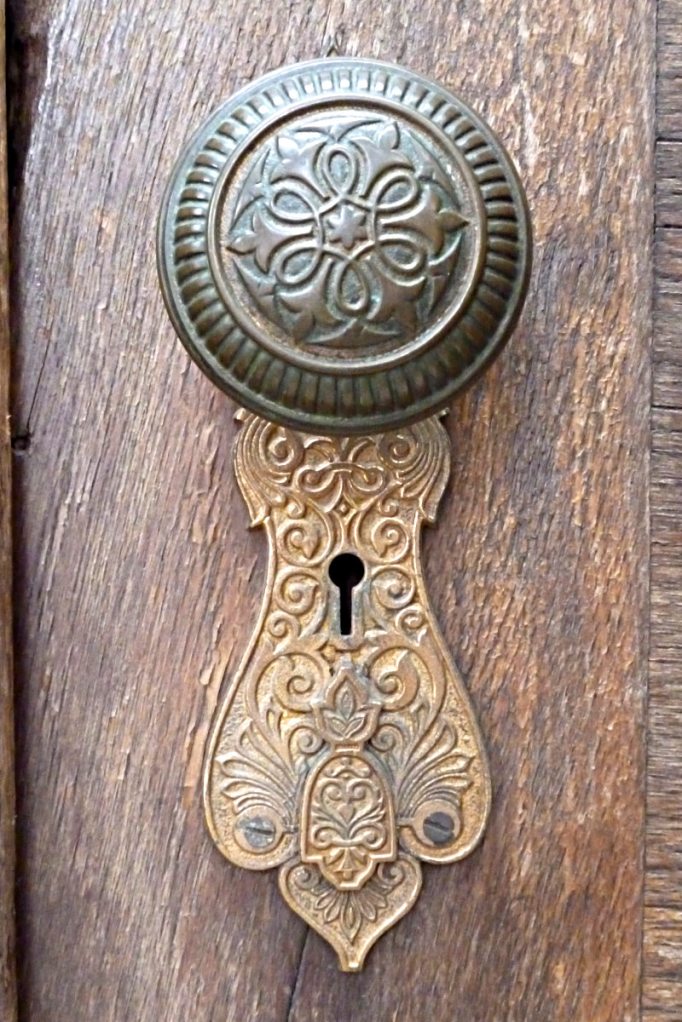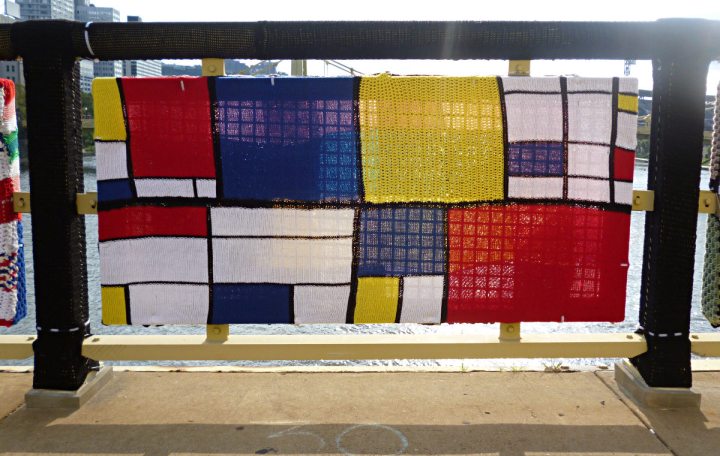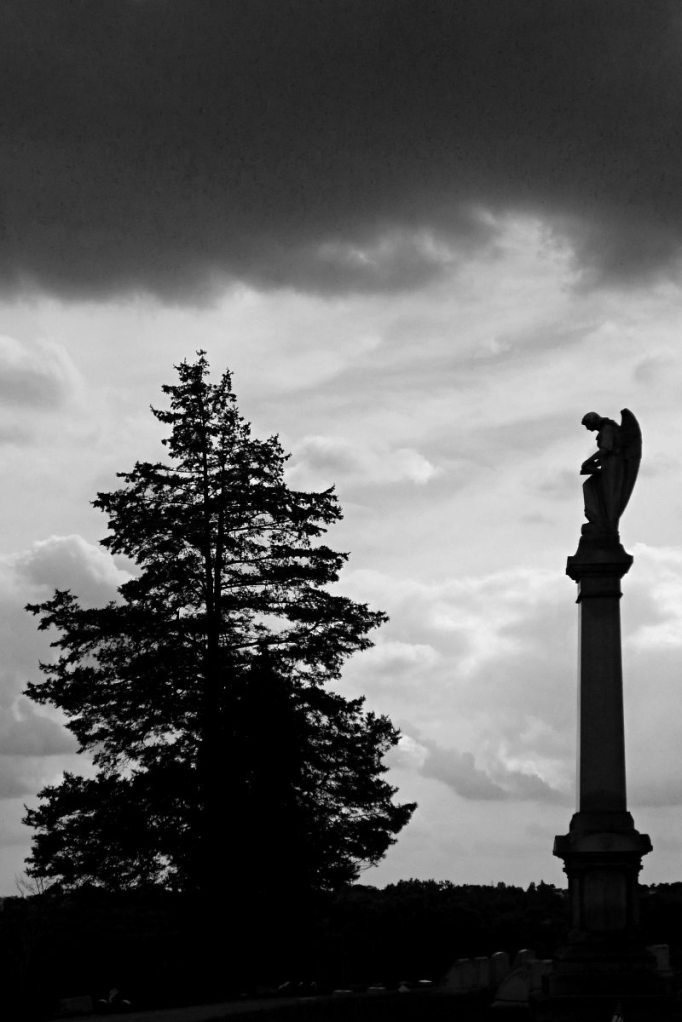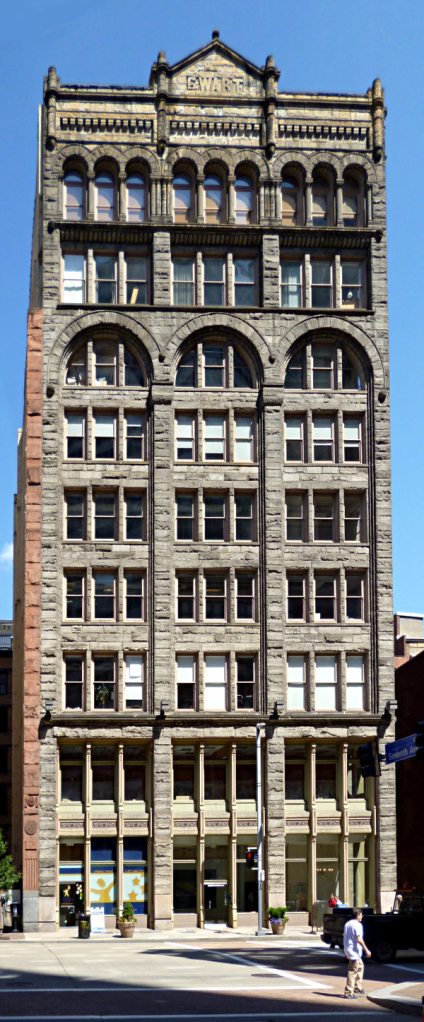The Fulton Building, with its enormous arch, has been turned into a luxury hotel right in the heart of the theater district. It is so much in the heart, in fact, that the entrance to the Byham Theater goes right through the Fulton Building, and the marquee is on the Sixth Street front of it. Many theater-goers probably never realize that, by the time they have navigated the long foyer and ended up in the real lobby of the theater, they have gone all the way through one building and ended up in another. That low brick building to the left of the Fulton Building is the theater itself—downtown’s oldest working theater, built in 1903 as the Gayety vaudeville house (originally with its entrance on the river side), and later known as the Fulton until the Byham family paid for a major renovation in 1996. Behind the theater is the CNG Tower, a landmark of 1980s postmodernist architecture that presents radically different views from different angles.
-
Yarn-Bombing the Andy Warhol Bridge
The Seventh Street or Andy Warhol Bridge is covered with knitting—supposedly the biggest “yarn-bombing” project in history. If terrorism were always so cheerful, old Pa Pitt would be completely in favor of it.
As a secret fan of De Stijl, old Pa Pitt was particularly taken with this piece.
The “Knit the Bridge” project has generated quite a bit of news coverage across the country:
-
Silvery Checkerspot (Chlosyne nycteis)
A Silvery Checkerspot butterfly (Chlosyne nycteis) rests on a leaf of Lemon Balm (Melissa officinalis) in Beechview.
-
Carrick from the South Side Cemetery
In many city neighborhoods you’ll find a cemetery or two much older than the neighborhood itself. Cemeteries were established in the countryside outside the city; the city grew to engulf them, but they often remain little oases of rural stillness in the urban bustle. The South Side Cemetery has graves going back well before the Civil War, when Carrick was farmland and wilderness, and the hilly location gives us spectacular views in all directions. The contrast between the dense and cluttered urban neighborhood and the calm peace of the cemetery seems as though it ought to be a metaphor for something.
-
Ewart Building
The Ewart Building on Liberty Avenue was built in 1891, shortly after Richardson’s courthouse was finished—one of many Romanesque buildings that followed Richardson’s masterpiece in Pittsburgh.
-
Schiller Glocke Gesang und Turn Verein
On the whole, the South Side Flats were East European and the Slopes were German. But a large neighborhood like the Flats has room for diverse microneighborhoods, and we find this “Schiller’s Bell Singing and Athletic Society” on Jane Street. The building is now turned to other uses, but the inscription remains. Pittsburgh and Allegheny used to be full of German singing societies; the Teutonia Männerchor in Dutchtown is the most prominent remnant.
2 responses
-
Rhodes Brothers Concrete
Not quite as artistic as the Wadsworth plates, Rhodes Brothers concrete plates are still attractive designs. This one was set in a driveway in Friendship.




















